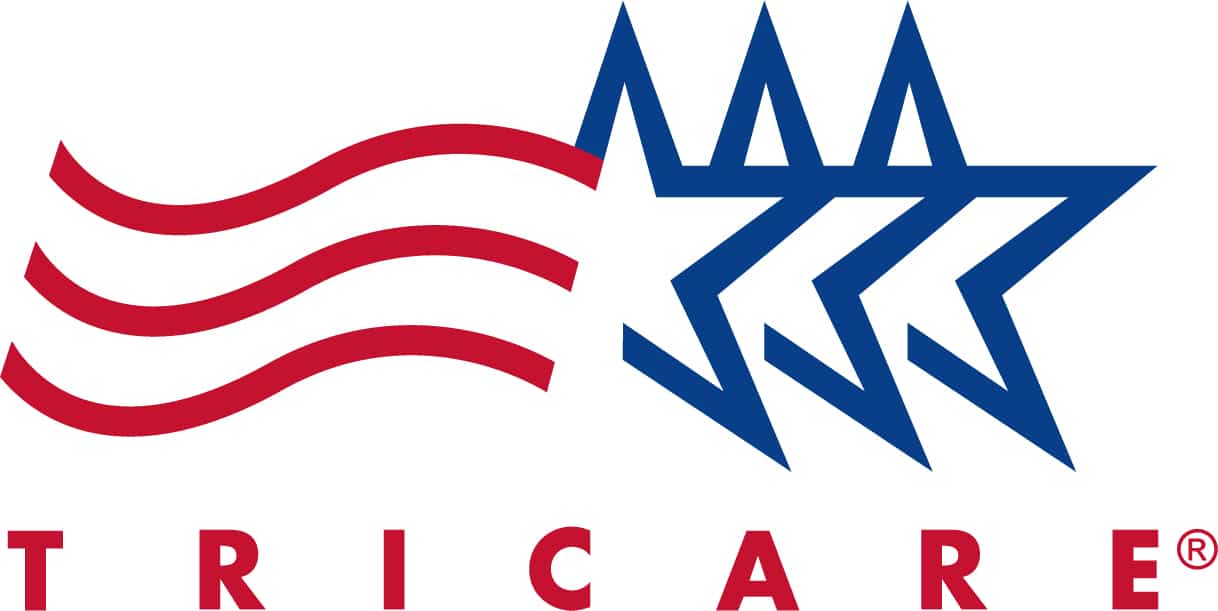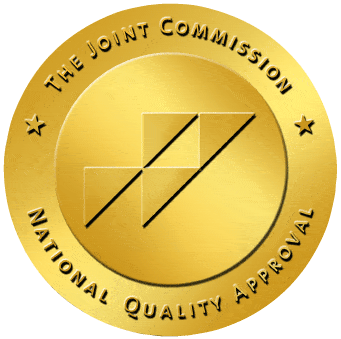The city of Akron, Ohio is pretty densely populated. Close to 200,000 people live there, and there are 3,200 people per square mile of land. It’s the fifth most populated city in the state. There are just some plain old facts. Are you ready for a scary fact? There are more opioid addicts in the state of Ohio than there are people in Akron.
Around this time last year, there was a hearing of the Senate Committee on Homeland Security and Public Affairs. It took place in Cleveland, one of the countless cities in Ohio riddled with opioid abuse over the past handful of years. Every day in the state, five people die of an opioid overdose. Nationwide, the number is 120 people a day. Opioid abuse is extremely deadly.
Portman and Brown
Two speakers at the hearing were Ohio Senators Rob Portman (R) and Sherrod Brown (D), both of whom “have spear-headed a bi-partisan Congressional effort to fight addiction,” according to the city of Cleveland’s website, linked above. Senator Portman is a member of the committee, whereas Senator Brown is not. However, each man represents his political party well regarding fighting opioid abuse in Ohio.
“Neither the state or the federal government has come close to providing the numbers of dollars we need to scale up these programs,” said Senator Brown at the hearing. “Nobody predicted this opioid epidemic to explode the way it did, so nobody’s prepared.”
Senator Portman is a co-author of CARA, the Comprehensive Addiction Recovery Act, a major addition to the fight against opioids. CARA was drafted and passed to the Senate on March 10th, 2016, with a vote of 94 – 1. At the time, CARA became the single largest effort toward addiction recovery in our nation’s history. Every aspect of addiction recovery was addressed, from Naloxone distribution to a national education campaign, and much more.
CARA was enacted into law less than five months after being submitted as a bill.
Senator Brown sponsored the Heroin and Prescription Drug Abuse Prevention and Reduction Act in 2016. It was never enacted, but it definitely offered some great ideas, and it did make it to Congress. The act called for a total of $90 million to be spent each year from 2017 to 2022. The funds were to be for syringe exchange programs ($15m), drug overdose reduction ($20m), increased access to treatment for teens ($25m), and expanded recovery services ($30m).
Although Brown’s bill never was made law, and the $450 million total that it asked for was never granted, something even better happened. Even more money was secured for the cause through one of former president Obama’s last moves in office. His 21st Century Cures Act secured $500 million to be spent on drug abuse prevention and treatment.
The Hearing
The hearing, held in a conference room at University Hospitals in Cleveland, had the main purpose of sharing information and increasing awareness. Ohio is arguably being hit the hardest by the current American opioid epidemic. Ohio Attorney General Mike DeWine spoke at the hearing, and put it bluntly. “The face of heroin is really the face of Ohio,” he said. “You can get it as easy as ordering a pizza.”
That’s a pretty scary notion.
DeWine is experienced in the field of opioid abuse, making his comment even heavier. In 2013, he founded the Heroin Unit “to go after opiate traffickers and to work with communities affected by the opiate epidemic.” US Attorney Carole Rendon also spoke about Ohio’s drug problem at the hearing, calling it “…one of the worst public health crises I’ve ever seen.”
Rendon also knows her stuff. She serves as chair of the US Attorney’s Heroin and Opioid Task Force, which last year received the single most prestigious award given out by the Justice Department. However, no trophy has so far been bright enough to fix Ohio’s epidemic.
Let’s get into more detail about just how bad opioid abuse is in Ohio, and how it got there. Then let’s talk about some more things being done to stop it. We’ll wrap up with why some government officials are referring to the Food and Drug Administration (FDA) as ‘Fostering Drug Addiction’.
Ohio at War
In 2003, there were a total of 296 deaths in Ohio that were caused by opioids. Two years ago, that number grew to 2,590. That’s almost a 1000% increase in deaths over just twelve years. Three Ohio cities (Dayton, Toledo, and Cleveland) repeatedly make the list of top ten most overdose deaths in all of America. Beginning in 2007, and for every year since, accidental drug overdose is the leading cause of death in Ohio. Last year, the state accounted for more than 10% of all heroin deaths in the country.
Essentially, all these statistics are saying the same thing: Ohio is at war with opioids.
So why is it so bad in Ohio? Let’s start with the fact that 87% of those seeking addiction recovery in the state cannot find it due to overcrowded facilities. This doesn’t include people who need help but are not seeking help. We’re talking about addicts who want to recover.
Making matters worse, there were nearly four billion doses of opioid medication prescribed between 2011 and 2015 in Ohio alone. Time and time again, studies show that up to 90% of heroin addicts began with prescription opioids. The state has been referred to as the biggest ‘pill mill,’ or medical clinic that over-prescribes opioids for financial gain. This is why the majority of Ohio law enforcement currently carries Narcan.
The Children
Making matters MUCH worse is how Ohio’s children are being affected by the epidemic. Approximately 14,000 children are currently in state custody due to their parents being either dead or in jail. Also, the infant hospitalization rate is abnormally large in Ohio.
As a matter of fact, at the Cleveland hearing last year, Dr. Michele Walsh, head of Neonatology at University Hospitals, said the following: “In the last eighteen months, we have treated over 4,000 babies for neonatal abstinence syndrome. The magnitude of it… the numbers are going up every month.”
Dr. Walsh also works as a member of OPQC, the Ohio Perinatal Quality Collaborative. The group is dedicated to improving the treatment of neonatal abstinence syndrome, or NAS, a disorder where babies are born with drug withdrawal symptoms. This is caused by pregnant women abusing drugs, especially opioids.
So far, OPQC has been able to reduce the average length of hospital stay for affected babies, as well as further standardize NAS treatment. This is crucial work, since in 2011 alone, “treating infants born with NAS cost more than $70 million and nearly 19,000 inpatient days.” OPQC continues their mission today.
What does ‘FDA’ Stand for?
This could be two different questions. What does the Food and Drug Administration stand for? According to their website, they are “responsible for protecting the public health by ensuring the safety, efficacy, and security of human and veterinary drugs…” Now, what does ‘FDA’ stand for? According to many attendees of the hearing in Cleveland last year, it stands for ‘Fostering Drug Addiction’.
Why such a harsh play on words? It turns out there are plenty of reasons to doubt the FDA cares about protecting our health when it comes to opioid abuse prevention. Here are four of them:
- In 2002, the FDA began approving opioid medication to combat heroin addiction. These drugs turned out to be (and still are) highly addictive themselves. Instead of regulating these opioids, more and more have been prescribed since the beginning. Nowadays it’s rather likely for someone to abuse legal prescription opioids, and then turn to heroin once the prescription runs out.
- In 2013, there was a meeting of the FDA advisory panel to discuss whether or not to approve Zohydro ER, an opioid that has no acetaminophen. The panel decided the drug was too easy to abuse, and voted 11-2 in favor of non-approval.
The FDA still approved the drug regardless. There was obvious backlash, and the FDA simply suggested to not focus on one drug since the epidemic is a multi-drug one. Many saw this as, for lack of a better term, BS. In fact, attorney generals from 28 different US states urged the FDA to withdraw their approval of Zohydro ER.
- In 2015, the FDA approved OxyContin use for those aged 11 and up. OxyContin is one of the stronger opioids, extremely intoxicating, and yet someone a full decade away from legal alcohol use can now be prescribed this dangerous drug. Our friendly Ohio Senator Rob Portman responded to this decision at the time, saying, “This is for kids. This is for, as you know, 11 to 16 year olds, and I am really concerned about both the immediate and long-term effect of prescribing opiates to children.”
Is ‘prescribing opiates to children’ a phrase that makes sense to you?
The FDA tried to back their decision up by saying “the approval wasn’t intended to expand the use of opioids in children.” We certainly hope not! It was this decision by the FDA that prompted Massachusetts Senator Ed Markey to say that ‘FDA’ stands for ‘Fostering Drug Addiction’. A tweet from Sen. Markey sent out on February 24th, 2016 reads: “#FDA is supposed to be our nation’s pharmacist, but right now, it is prescribing dangerous & addictive #opioid painkillers w/out limits.”
- It’s a well-known fact that prescription drugs cost a lot of money, even with insurance. High cost is actually one of the main reasons the vast majority of drug addicts do not receive treatment. Therefore, one would think that the FDA would do whatever it could in order to reduce cost, right?
Wrong.
Since its inception, the FDA has refused something called drug re-importation. What this means is that the administration will never and has never received drugs from a foreign country. Even though most (if not all) drugs can be purchased for much cheaper when re-imported, the FDA refuses. It’s tough to claim you care more about safety than money when drug re-importation is banned.
In Conclusion
The Senate Committee on Homeland Security and Public Affairs has had plenty of hearings. Last year’s might have been its most important. People who work in government are starting to see how bad the drug addiction epidemic really is, and more importantly, they are starting to see that what’s been done to fight it so far has not worked. Ohio isn’t alone. Nationwide, drug overdose numbers have only gone up since the year 2014.
While Ohio isn’t alone, they are suffering worse than most. It’s reassuring to see both political parties acting together to fight the problem. It’s also reassuring to realize that we as a country are beginning to truly see how damaging opioid abuse can be.
If you or a loved one is suffering from an opioid addiction, please seek help immediately. Do not become a statistic. Become yourself again. Contact us at Arrow Passage Recovery today!















